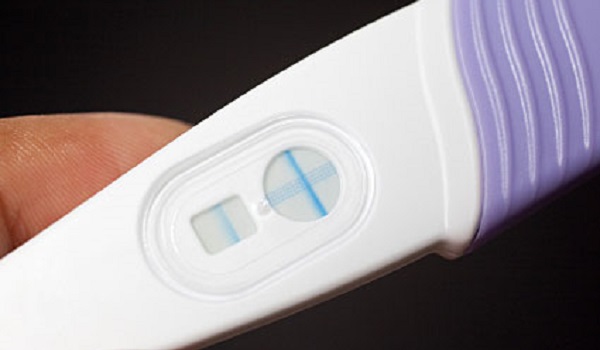
Why some are safer than others
Kampala, Uganda | GLENDA MARY DAVISON | Recent media reports revealed that digital home pregnancy tests being sold at leading pharmacies in South Africa and the UK were consistently giving false positive results. Both countries acted quickly. The home pregnancy kits, reportedly manufactured by a large international manufacturer were immediately recalled.
The incident led to lots of questions being asked about home tests and what had gone wrong. These included whether the tests were well regulated and whether or not they were safe.
Home pregnancy tests measure the hormone human chorionic gonadotropin in the urine of pregnant women as early as seven to 10 days after conception. A false positive is rare but it can happen. The reasons are usually because the user didn’t follow the manufacturer’s instructions, the kits had expired or the user was on medication that affected the outcome.
In this case it’s clear that the device itself was at fault.
Home pregnancy kits are just one of a range of point-of-care medical diagnostic tests. These include tests used by health care professionals in a small clinic, hospital, or at a patient’s bedside as well as those sold over the counter and used at home by the patient themselves or a caregiver.
Diagnostic tests performed in rural clinics or at the bedside have huge advantages, and can result in improved clinical decisions and treatment. Consequently, the market for point-of-care testing is expanding rapidly and is now worth billions of dollars.
One of the main challenges has been the quality and accuracy of the final results. To fix this, organisations such as the World Health Organisation and the International Federation of Biomedical Scientists have published guidelines for the validation and use of a range of tests, particularly those used by health care facilities.
But there are very few guidelines for over-the-counter diagnostic tests. And regulation is patchy in many countries. So it’s not surprising that false results happen.
In the absence of proper regulation of over-the-counter medical tests, patients need to take extra care when using them. They need to follow the manufacturers’ instructions closely. But they also need to confirm the result at an accredited laboratory and consult with a health care practitioner.
And governments need to take action to improve regulations so that faulty kits do not get sold. In South Africa this would require consultation with all role players and the expansion of the current regulations to include all home based tests being sold at retailers.
A wide array of tests
The demand for over-the-counter diagnostic tests, performed by patients themselves, is increasing. These include tests for pregnancy, glucose and HIV.
In 2017 the first home test kit for HIV became available in South Africa. The kits were welcomed because they increased the number of individuals who could simultaneously know their status and present for early treatment. This could ultimately result in a reduction in the spread of the virus.
Guidelines for HIV home testing have been included in the South African National Strategic Plan for HIV, sexually transmitted infections and tuberculosis. The guidelines emphasise that test kits should be approved by a regulatory body similar to the Food and Drug Administration in the U.S. and meet international quality standards.
In addition, the South African Health Products Regulatory Authority has published regulations covering medical devices and in vitro diagnostic medical devices. These include issues such as their importation, transportation, registration and manufacture.
But, with the exception of HIV, home test kits are not adequately monitored and managed.
Where to next
The era of individuals taking control of their own medical decisions is here to stay. Home based diagnostic tests should be accepted.
Although guidelines for HIV home testing have been developed, there are huge gaps when it comes to other testing kits. This includes pregnancy tests. Authorities in South Africa – and in other countries – should up their game and provide guidelines and regulations on the quality, training and use of all point-of-care testing.
****
Glenda Mary Davison is Associate professor, Cape Peninsula University of Technology
 The Independent Uganda: You get the Truth we Pay the Price
The Independent Uganda: You get the Truth we Pay the Price



